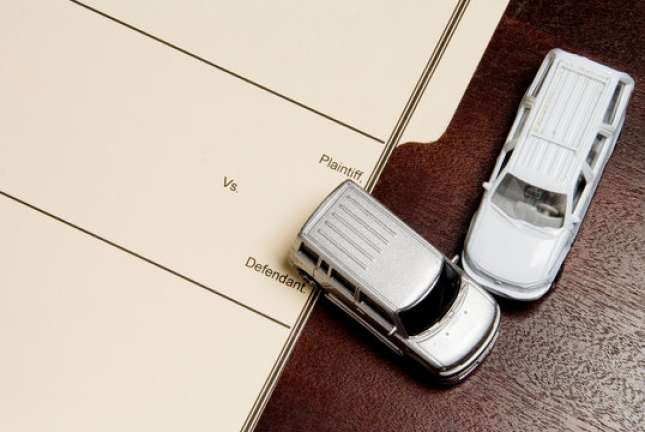Are you planning on visiting family and friends for the holiday despite the pandemic?
If you’re looking to travel for the holidays, we’ve got a few helpful tips for you. These tips will also suit those drivers who have to deal with snowy weather for traveling to work or school.
Data about holiday travel in the US shows that most people will most likely travel by car. An accident is the last thing you want in the holidays. If you don’t have much experience with snowy roads, read our winter driving safety tips below.
Even those who have experience with driving on snowy roads may learn something new. Keep reading to learn how you can avoid vehicular accidents on an icy or snowy road.
1. Check and Prepare Your Car
Before you head out, make sure your car is in tip-top shape for travel on snowy or icy roads. If you’re going to an area where cold weather conditions are common, get yourself some snow tires. They have a better grip on the road since they have better edges to grip them.
Also, snow tires have rubber that stays pliable in cold temperatures. It’ll give you better traction. Other than tires, you also want to make sure that you have all the supplies you need to get through inclement weather.
Prepare a trunk full of supplies for the worst-case scenario. You’re not hoping that one will happen, but it’s better that you stay prepared in case one does happen. In the trunk, pack the following:
- Blanket
- Flashlight
- Gloves
- Road flares
- Kitty litter (for traction in a snowbank)
- Shovel
- Ice scraper
Also, make sure your phone always has a full charge before you take your trip. If you’re going to use your phone’s GPS while driving, prepare another cell phone for emergency calls. Since it’ll be an emergency phone, it doesn’t need to be an expensive smartphone.
2. Learn the Roads and Drive Slowly
Are you going to a place that you’ve never visited or have visited only once before? Is it a place where icy and snowy weather is common? If so, take your time on the road.
Each year in the US, 24% of weather-related accidents on roads covered with ice and snow. Each year, almost 900 people get killed and 76,000 get injured in accidents on these roads. If you don’t want to be a part of that statistic, drive slowly.
Remember also that driving at a slow pace can keep your wheels from spinning out. If you must use the brake, don’t slam on them. They can cause your car to skid. Thus, you need to give yourself enough time to break.
You also need to know that exit ramps have less anti-icing material than the main roads. Be careful and be aware of this when you’re exiting the highway. Take it slow and don’t rush anything whenever you’re driving in the snow.
3. Be Aware of the Other Drivers on the Road
Every time there is another car behind and ahead of you, make sure you’re aware of them. Keep at least a car’s length away from the driver ahead of you. The best distance is to keep several cars away from the car in front of you.
This will give you enough time to brake and slow down, especially on icy roads. If the driver behind you is too close to your car, keep a slow pace. They won’t have any option but to follow your pace, as well.
If there are trucks in front of you, remember this basic road trip safety tip. Trucks have more weight because of their size and cargo and won’t stop as fast as other vehicles. Keep yourself a good distance away from them to prevent any accident.
What if you were careful but other drivers weren’t and they hit your car? Discuss how you can fix the problem and exchange the necessary information. If the other driver chooses to run, contact a hit and run lawyer.
Is there a plow cleaning up the snow on the road in front of you? Plows tend to travel only 35 miles per hour, and you’d always want to pass them. However, you also need to consider that the roads in front of the plow are worse than the one behind it.
4. Keep Your Headlights On
A useful winter driving safety advice is to keep your headlights on. This doesn’t only let other drivers see you, but it’ll also help you see what’s in front of you. Don’t forget to brush the snow off your headlights and taillights often.
5. Drive With Caution
The last of our winter driving safety tips is about driving with caution and attention.
Black or clear ice is a big problem for drivers during the winter. Make sure that you know where and when ice forms on the road. Black ice often forms on:
- Overpasses
- Underpasses
- Ramps
- Bridges
- Intersections
Black ice looks smooth and will offer little to no traction for your tires. Once your car is on top of black ice, it will be difficult to stop, especially if you’re going too fast. If you’re approaching black ice, let off the brake before your tires make contact with it.
Also, one of the smartest winter driving tips is to learn how to handle a skid. If you feel your car sliding, steer in the direction you want to go to get control. Much like how the human body follows where the head is looking, your car will also follow the wheel even on ice.
Make sure you’re not overcorrecting a skid when you’re driving on black ice. Take gentle turns while pumping the brakes. When your tires get traction again, it’ll be much easier to correct your course.
Use These Winter Driving Safety Tips Today
It’s getting cold again, and the year-end holidays are another season closer. However, this also means that the roads are more dangerous than usual. With this guide, we hope you learned something useful that can help you keep safe on the road.
Did you enjoy this guide on winter safety tips for driving on snowy, slushy, or icy roads? Do you want to read more about road safety? Check out our other guides and learn all you can today!
















